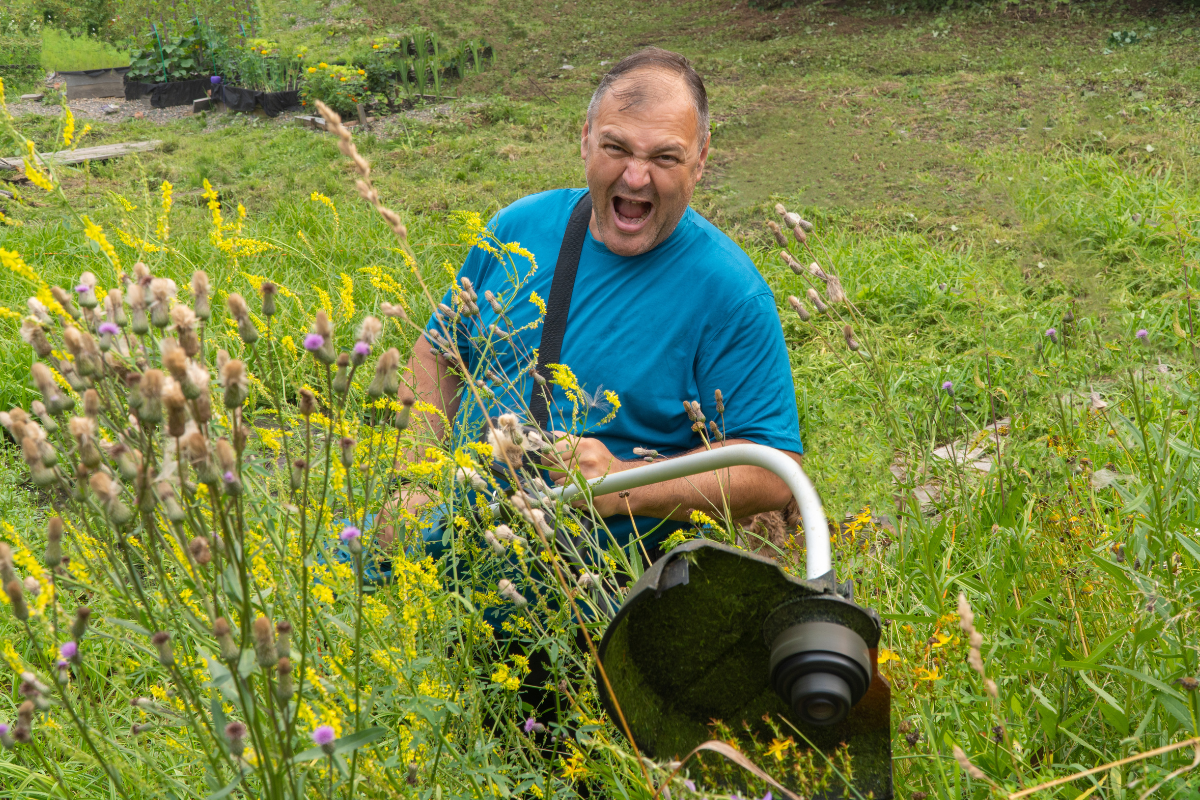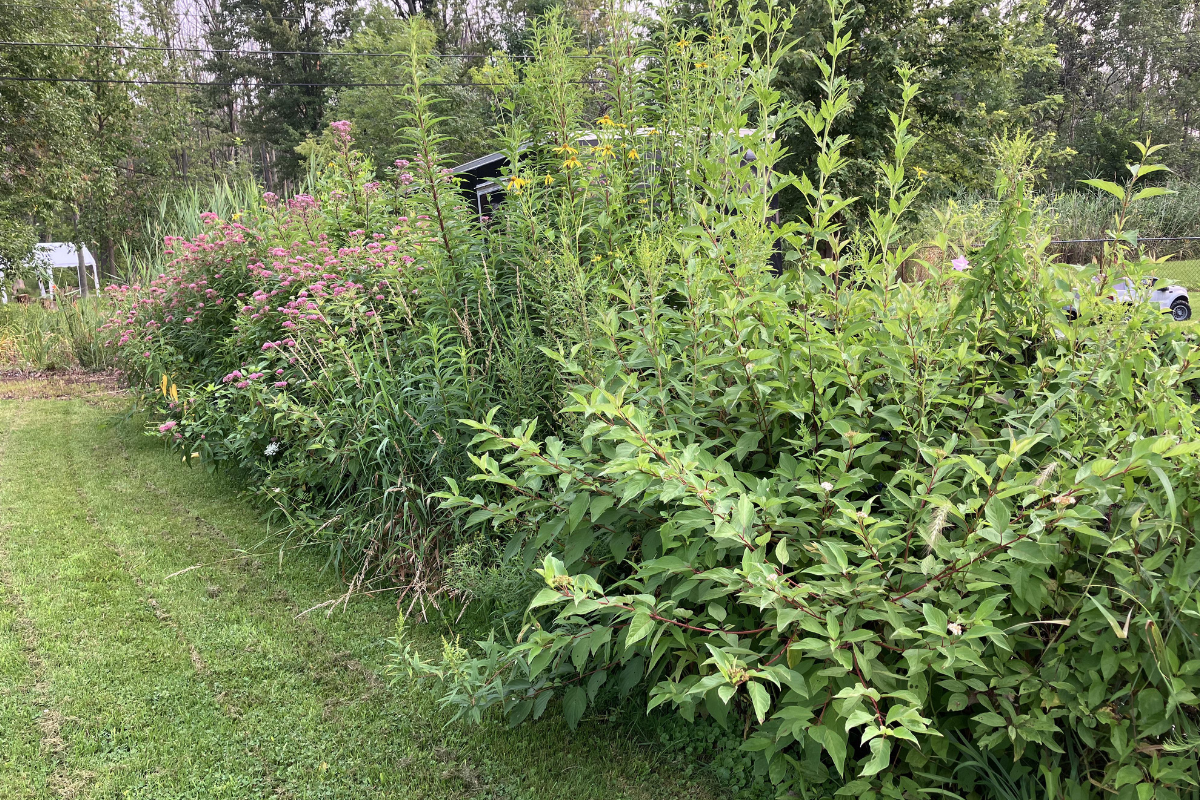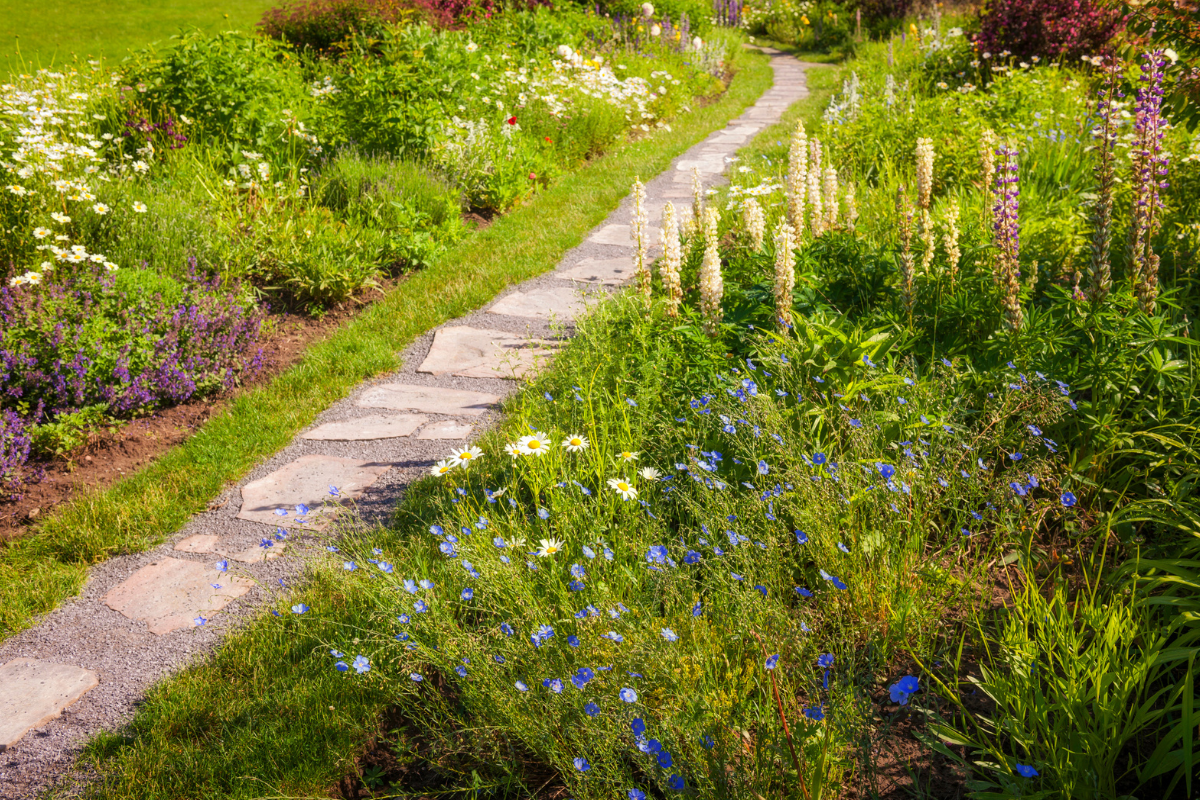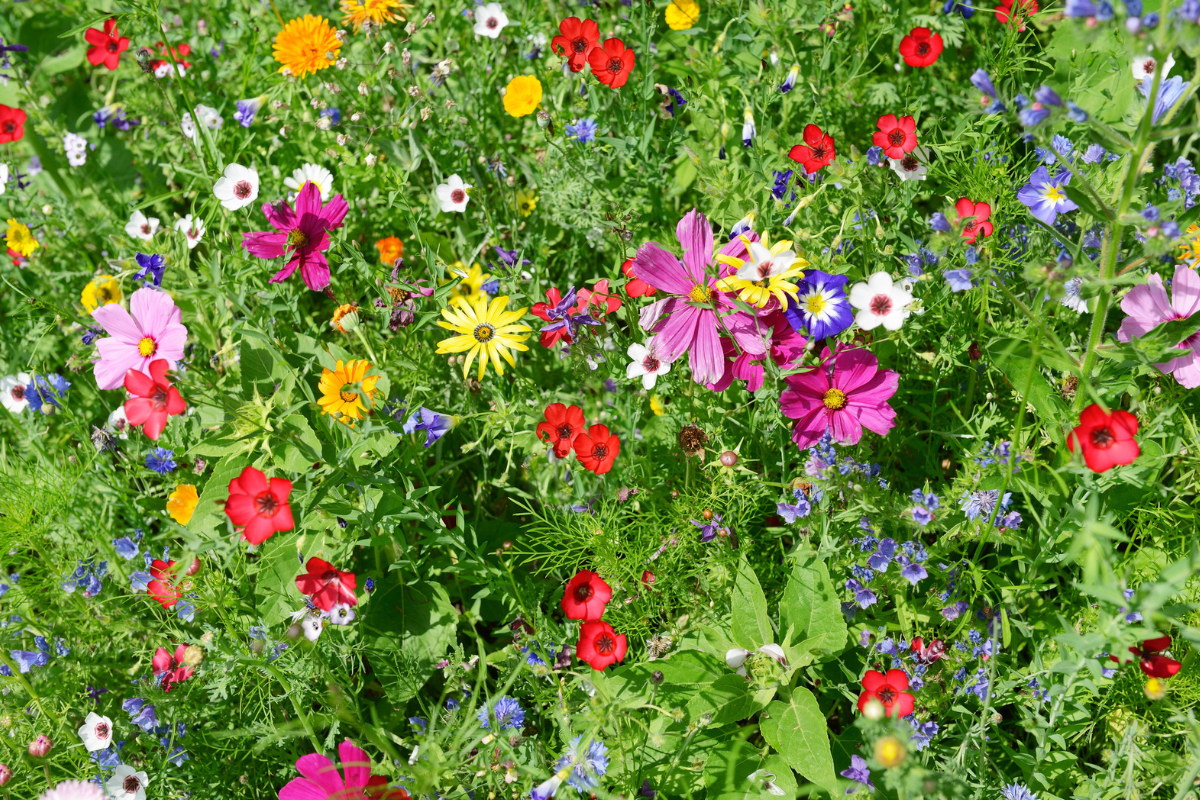Dealing with a Neighbor’s Disrespect for Wild Gardens
This post follows our research editorial guidelines.



Not everyone understands the benefit of an untamed wildflower garden. Some simply see a pile of weeds that need rectifying. That was the case here as a local gardener in Michigan (zone 6b) recently shared. Their frustration was echoed by others in the /nativeplanting section on the popular discussion forum Reddit.
Gardners from around the world shared their own perspectives on the topic, offering some help in dealing with neighbors who cause trouble for what we create. Here, I’ll discuss the challenges they faced and highlight some of the best advice I saw on how to deal with uncooperative neighbors.
The Wildflower BaackStory – What Sparked This Debate?

Imagine a garden that’s not just a garden but a vibrant Monarch Way Station, a dedicated sanctuary where monarch butterflies dance through their life cycle. The gardener carefully chose plants that not only thrive in the wet conditions of the area but also play a vital role in supporting the local ecosystem. These plants provide a haven for various pollinators, creating a lively, buzzing community.
But not everyone was thrilled about this eco-friendly paradise. The gardener’s neighbor, who preferred a more manicured and traditional yard, took issue with the “wild” look of the garden. Despite the gardener’s efforts to explain the environmental benefits and the importance of the Monarch Way Station, the neighbor persisted in spraying herbicides along the fence line. This not only undermined the garden’s mission but also caused significant damage to many of the carefully nurtured plants.
It was a classic clash of garden philosophies: one embracing the natural beauty and ecological importance of a wild garden, and the other longing for the neat, controlled aesthetic of a more conventional yard.
Community Suggestions and Their Actions

Physical Barriers
One of the first suggestions from the community was to establish physical barriers to protect the plants from herbicide drift. One Redditor shared, “I planted a row of screening shrubs to block my neighbor’s view. It created a natural barrier and improved the overall look of my garden.” Inspired by this, the gardener considered installing a tall fence or edging along the property line. Another creative suggestion was to use cow panels to create a protective tunnel over the vulnerable plants. Implementing these physical barriers could effectively block herbicide spray and protect the garden.
Documentation and Surveillance
Several people emphasized the importance of documentation and surveillance. One user recounted, “After I set up cameras, I finally had proof of my neighbor’s actions, which was a game-changer.” Installing cameras to capture evidence of herbicide spraying and keeping records of any admissions from the neighbor about the herbicide use can provide concrete proof of the damage. These steps can be crucial in building a strong case if further action becomes necessary.

Community and Environmental Certification
Certifying the garden with organizations like the National Wildlife Federation was another recommendation. This not only provides formal recognition of the garden’s environmental importance but also offers additional protection. The gardener applied for certification, which will underscore their efforts and the value of their garden. One Redditor mentioned, “Getting my yard certified brought a sense of legitimacy and respect from my neighbors. They saw it wasn’t just ‘weeds,’ but an important habitat.”
Engaging in Dialogue
Despite the ongoing conflict, some Reddit users suggested continuing to seek a peaceful resolution through dialogue. One user shared, “I managed to reach a compromise with my neighbor by planting a privacy screen that we both liked.” Attempting to find a mutually agreeable landscaping solution, such as planting a privacy screen, might reduce the neighbor’s frustration and foster a more cooperative relationship. This approach can be a first step toward resolving conflicts without escalating them.

Involving Authorities
Another key piece of advice was to report the neighbor’s actions to local conservation authorities or the Department of Natural Resources. Given that the garden is in a floodplain, there might be specific regulations against herbicide use in such areas. One Redditor advised, “Involving the authorities helped me immensely. They provided guidance and even intervened on my behalf.” Authorities could provide guidance or intervention to protect the garden and ensure compliance with environmental regulations.
Final Thoughts
It’s nice to see the community come together and offer advice like this. Some neighbors have good intentions and are simply trying to “do you a favor” by cutting back overgrown areas, others have a more sinister approach like the feud we discussed today.
For gardeners facing similar challenges, staying resilient and proactive is crucial. Seek support from your community, explore various protective measures, and don’t hesitate to involve authorities if necessary. By sharing experiences and strategies, we can all contribute to creating and maintaining beautiful, ecologically valuable gardens.
If you have a similar story I would love to hear how it was handled. Feel free to continue the conversation below!
Till next time,


Before you go!
The Hidden Benefits of a Moon Garden: Add these Night Blooming flowers
11 Low Maintenance Flowering Bushes for the Front of Your House
10 Outrageous Orange Perennial Flowers To Grow In Your Garden
11 Stunning Red Perennial Flowers That Bloom All Summer + Growing Guides
Before you go!
11 Drought Tolerant Shrubs to Grow in Warm Climates
11 plants with Purple Leaf + Their Mood Boosting Benefits
14 Small Rock Garden Ideas
14 Ways to Heat Your Greenhouse Off-Grid